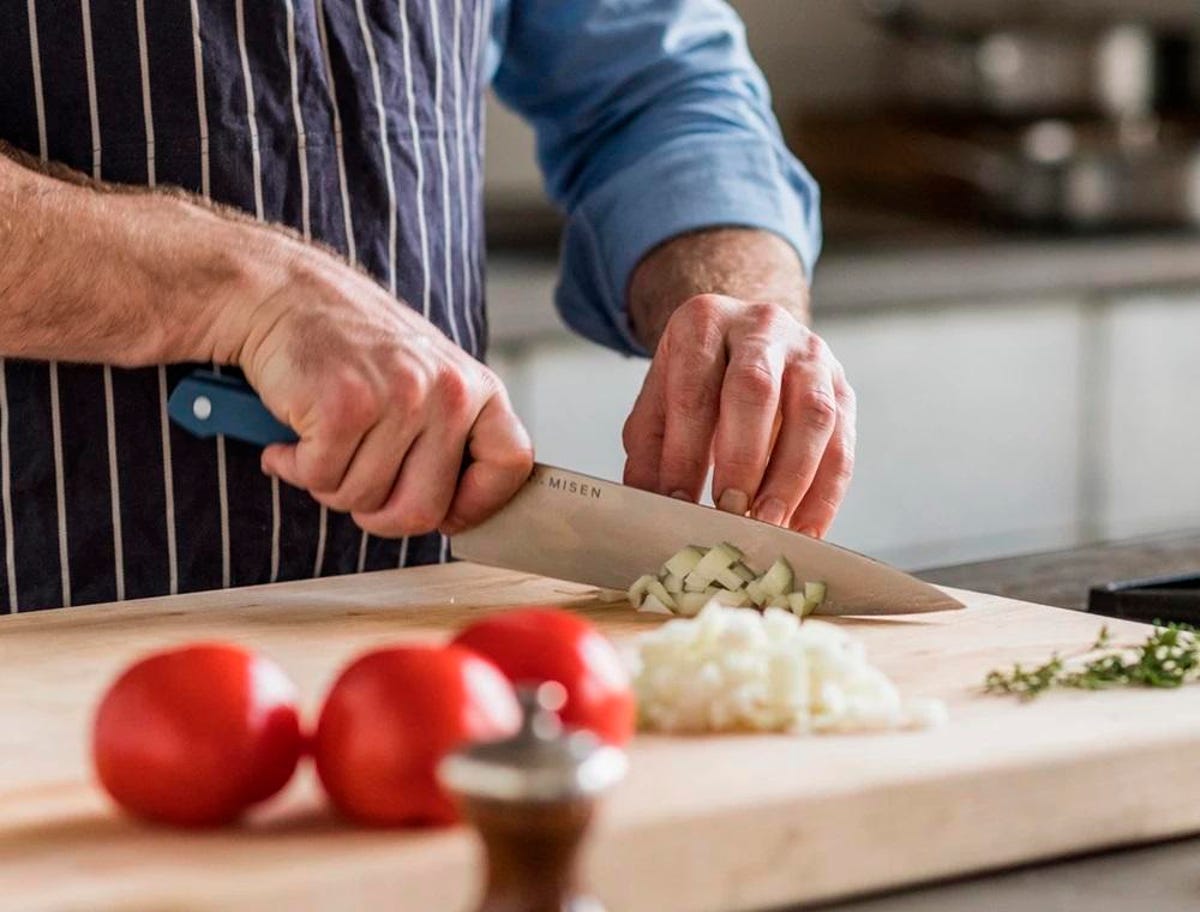When it comes to carving a turkey, many wonder: can you carve a turkey with a chef knife? The short answer is yes, but theres much more to this topic than meets the eye. For professional chefs and home cooks alike, understanding the nuances of knife selection and technique can make the difference between a beautifully carved turkey and a frustrating, uneven mess. Lets dive deep into the art of turkey carving with a chef knife and how it can be mastered to perfection.

Why the Chef Knife Is a Versatile Kitchen Tool
A chef knife is one of the most versatile tools in the culinary world. Designed for slicing, dicing, and chopping, this knife is indispensable in any kitchen. But can it effectively be used for carving a turkey? Absolutely. With its sharp blade and ergonomic design, a chef knife provides the precision needed to make clean, even cutsessential when carving delicate turkey meat.
However, professionals often debate whether a specialized carving knife or an all-purpose chef knife is a better choice. If you dont have a carving knife on hand, heres how a chef knife can rise to the challenge.
Key Tools and Preparations Before Carving
Before answering the question, can you carve a turkey with a chef knife? you need to understand the tools involved and how to prepare them for success. A sharp and well-maintained chef knife is a must. Dull edges will tear the meat instead of slicing it, which is both inefficient and visually unappealing.
- Knife Maintenance: Check out this guide on how to sharpen a knife for optimal results.
- Cutting Board: Use a sturdy and spacious cutting board to avoid slips and spills.
- Roasting Pan: Keeping your turkey steady is key to achieving smooth cuts.
Once you have your tools ready, let the turkey rest for 20-30 minutes before carving. Resting allows the juices to redistribute and gives your chef knife a smoother surface to work on.
Step-by-Step Guide: Carving a Turkey with a Chef Knife
Ready to see whether you can you carve a turkey with a chef knife? Follow these simple steps to ensure success:
Step 1: Separate the Legs
Start with the turkey legs. Use your chef knife to make a cut where the leg meets the body. Push down on the joint to separate it cleanly. If you encounter resistance, adjust your angle slightly to find the natural seam.
Step 2: Remove the Wings
Next, locate the joint where the wings attach to the body. With your knife, cleanly slice through the cartilage to free the wings. This step is crucial to making the turkey easier to handle for the following parts.
Step 3: Slice the Breast Meat
Position your chef knife parallel to the breastbone and carefully carve downward. Be sure to make long, even strokes for a professional-grade presentation. Want to elevate your slicing technique? Read these knife-care tips.
Step 4: Serve and Impress
Arrange the carved meat on a serving platter, separating the dark meat (legs and wings) from the white meat (breast). This not only looks appealing but also allows guests to choose their preference.
Why Skill Matters as Much as the Knife
No matter how high-quality your chef knife is, your carving technique will ultimately determine the results. Kitchen professionals often emphasize practice. With repetition, youll perfect your grip, pressure, and precision.
Additionally, consider watching demonstrations to refine your skill set. Resources like this blog on essential techniques also provide creative insights for kitchen tasks.

Frequently Asked Questions
1. What is the ideal size of a chef knife for carving?
Prefer an 8- to 10-inch blade for turkey carving as it offers a balance of control and length.
2. How can I keep my chef knife sharp?
Regular honing and occasional sharpening with a whetstone or knife sharpener are essential. Learn more at this cleaning guide.
3. Should I carve the turkey immediately after removing it from the oven?
No, allow it to rest for 20-30 minutes to redistribute the juices and ensure cleaner slices.
Carving a turkey with a chef knife is not only doable but also efficient with the right skills and preparation. Whether youre aiming for streamlined convenience or perfect presentation, mastering this technique adds another professional touch to your culinary repertoire. Ready to sharpen your skills? Start practicing today!
This article contains affiliate links. We may earn a commission at no extra cost to you.


























